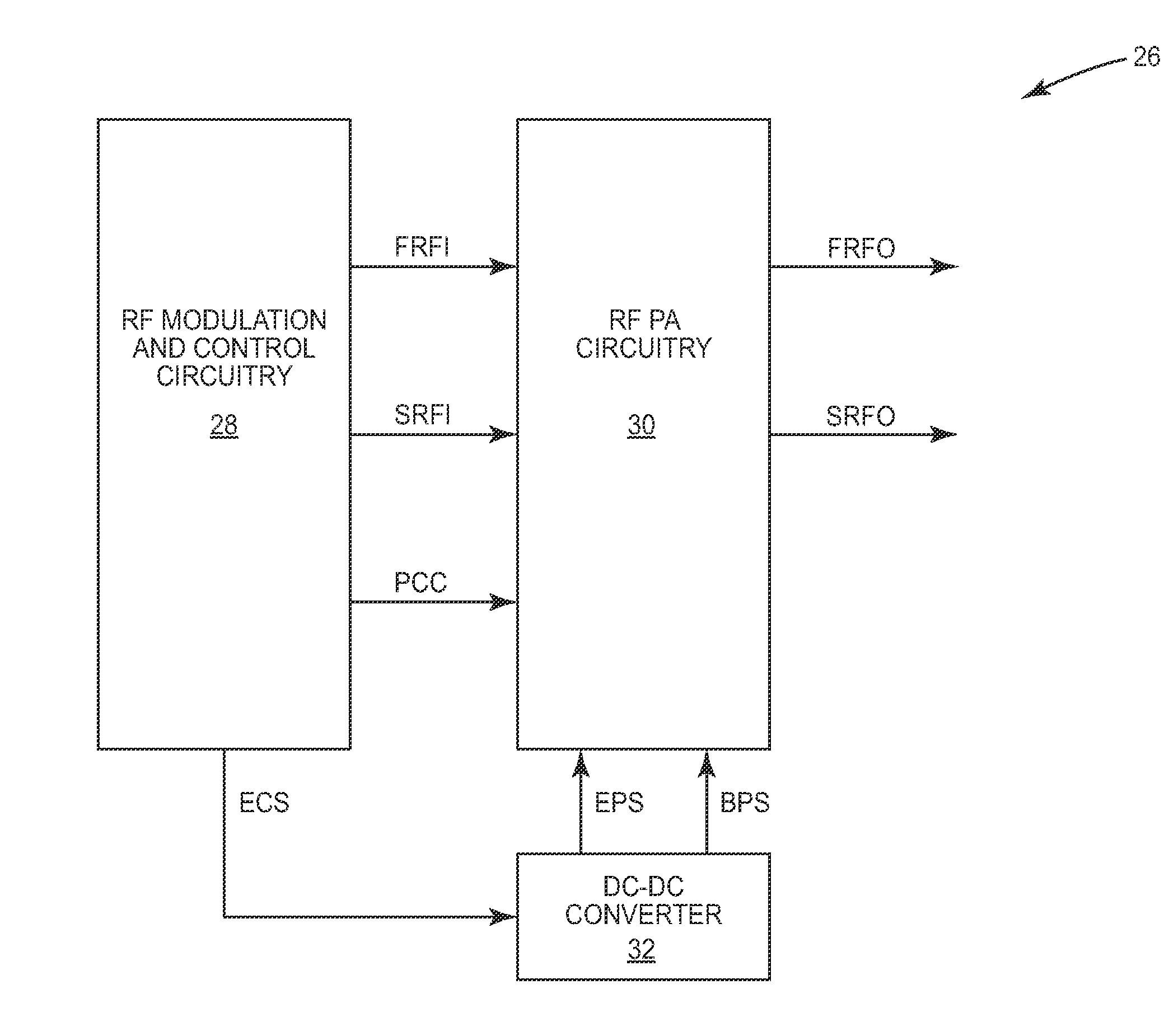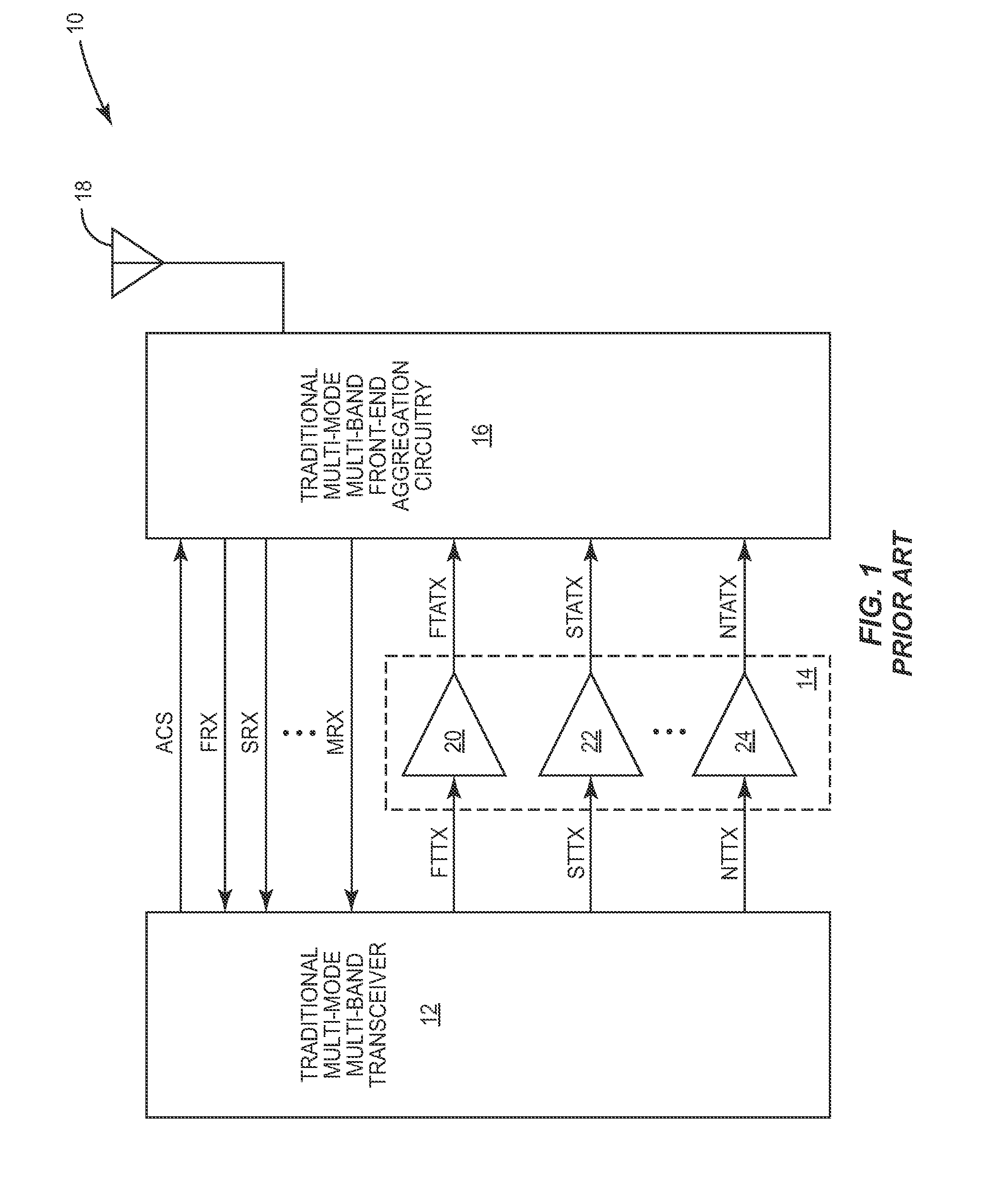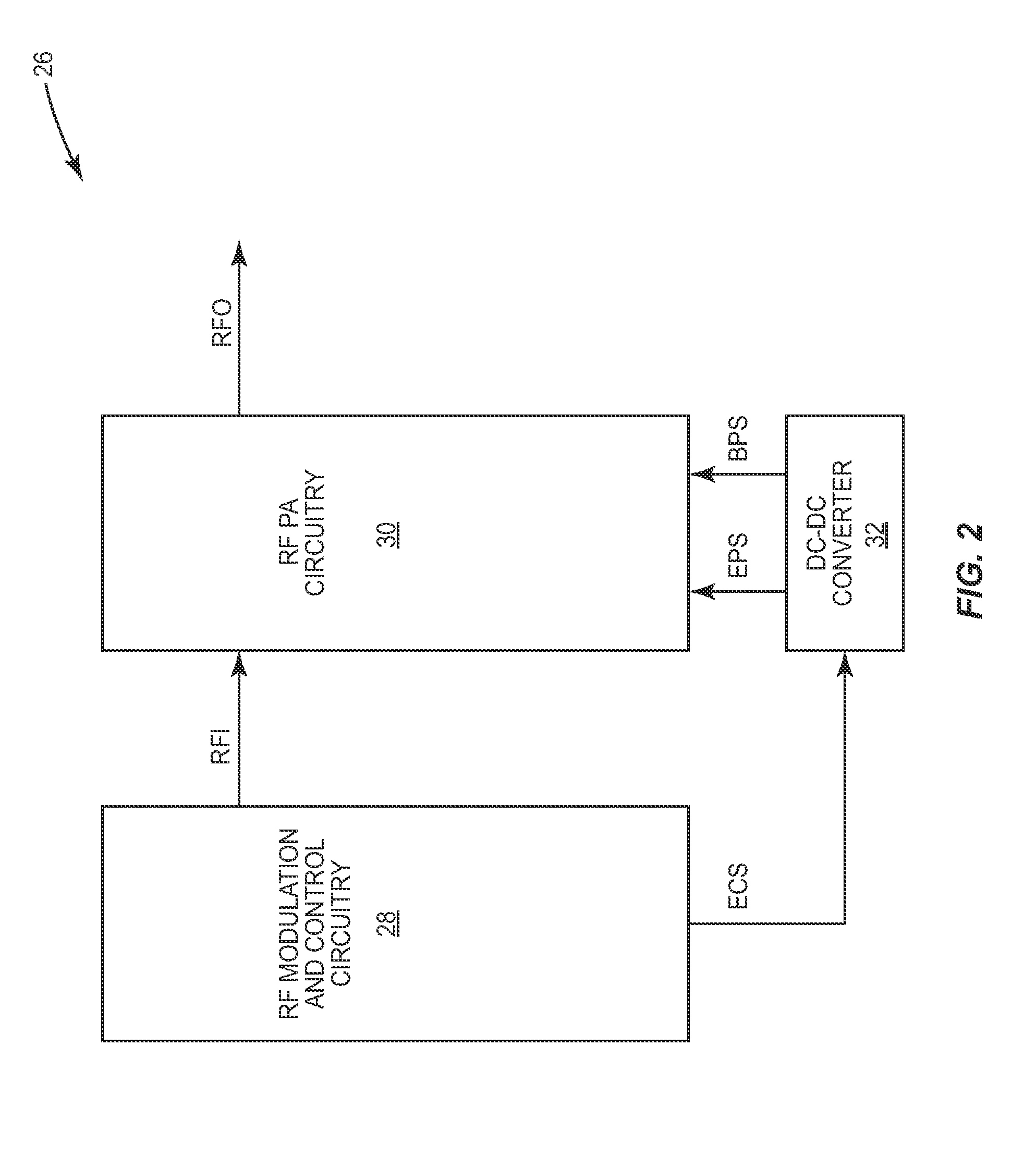Snubber for a direct current (DC)-dc converter
a direct current (dc)-dc converter and dc technology, applied in the direction of automatic control, process and machine control, instruments, etc., can solve the problem that the receiver in such a transceiver does not operate simultaneously, and achieve the effect of minimizing output voltage error, maximizing efficiency, and maximizing efficiency
- Summary
- Abstract
- Description
- Claims
- Application Information
AI Technical Summary
Benefits of technology
Problems solved by technology
Method used
Image
Examples
first embodiment
[0158]FIG. 131B shows the SAH current estimating circuit and the series switching element according to the SAH current estimating circuit and the series switching element.
second embodiment
[0159]FIG. 131C shows the SAH current estimating circuit and the series switching element according to the SAH current estimating circuit and the series switching element.
third embodiment
[0160]FIG. 131D shows the SAH current estimating circuit and the series switching element according to the SAH current estimating circuit and the series switching element.
[0161]FIG. 132 shows details of the SAH current estimating circuit illustrated in FIG. 131A according to one embodiment of the SAH current estimating circuit.
[0162]FIG. 133 shows a process for preventing undershoot disruption of a bias power supply signal illustrated in FIG. 44 according to one embodiment of the present disclosure.
[0163]FIG. 134 shows a process for optimizing efficiency of a charge pump illustrated in FIG. 44 according to one embodiment of the present disclosure.
[0164]FIG. 135 shows a process for preventing undershoot of the PA envelope power supply illustrated in FIG. 43 according to one embodiment of the present disclosure.
[0165]FIG. 136 shows a process for selecting a converter operating mode of the PA envelope power supply according to one embodiment of the present disclosure.
[0166]FIG. 137 sho...
PUM
| Property | Measurement | Unit |
|---|---|---|
| frequency | aaaaa | aaaaa |
| energy | aaaaa | aaaaa |
| current | aaaaa | aaaaa |
Abstract
Description
Claims
Application Information
 Login to View More
Login to View More - R&D
- Intellectual Property
- Life Sciences
- Materials
- Tech Scout
- Unparalleled Data Quality
- Higher Quality Content
- 60% Fewer Hallucinations
Browse by: Latest US Patents, China's latest patents, Technical Efficacy Thesaurus, Application Domain, Technology Topic, Popular Technical Reports.
© 2025 PatSnap. All rights reserved.Legal|Privacy policy|Modern Slavery Act Transparency Statement|Sitemap|About US| Contact US: help@patsnap.com



